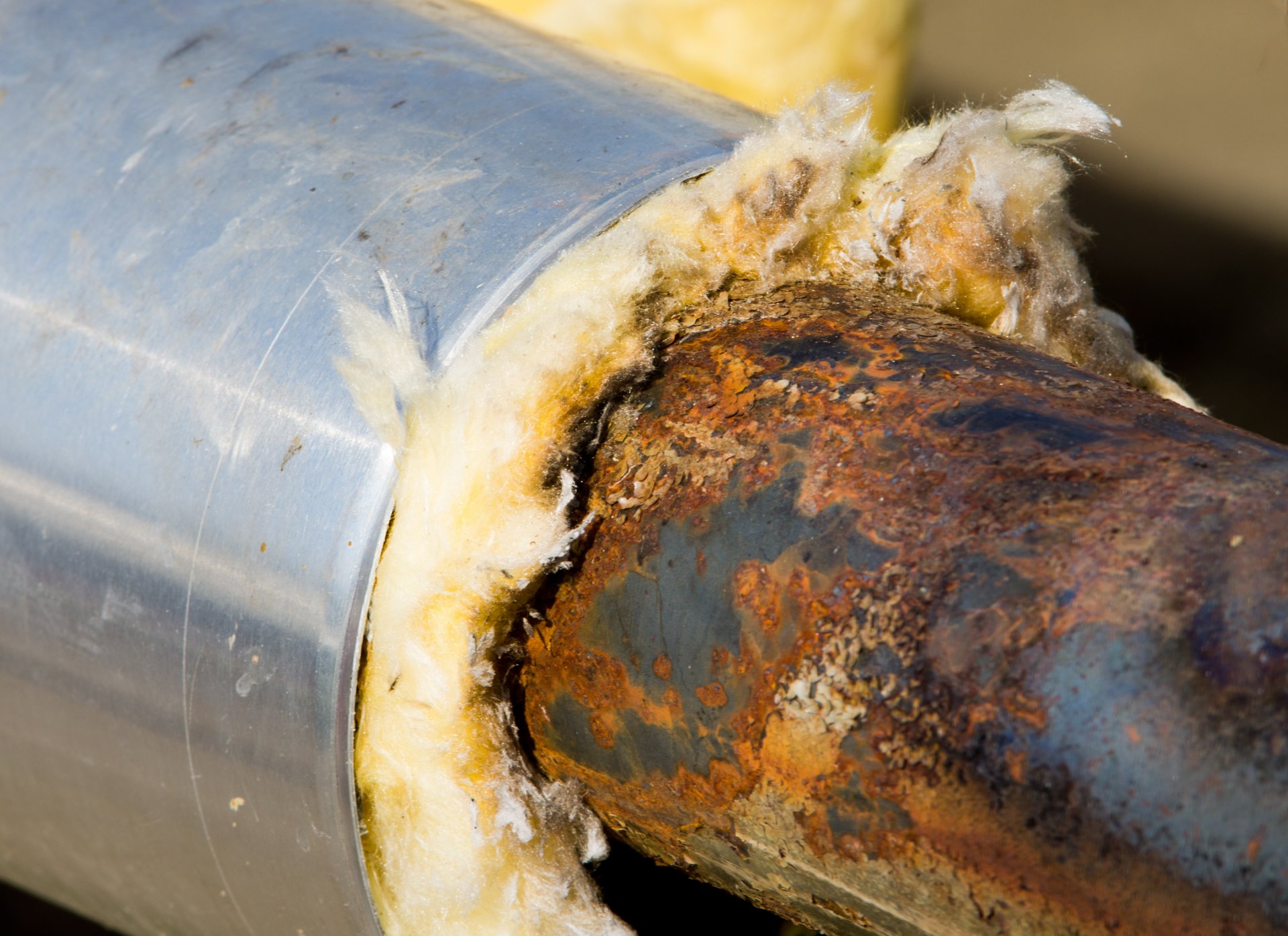The ability to detect Corrosion Under Insulation is important when you’re part of the oil and gas industry. This can cost businesses a lot of money annually because of several additional bills, which would include inspections, replacements, and repairs. If you’re looking for ways to prevent this, then read on.
What causes CUI?
CUI, also known as corrosion under insulation, happens when corrosion forms between the pipeline’s outer surface and the materials used for insulating gas lines. As a result, water will seep and damage both the outer and inner surfaces of the pipeline.
How do you identify a CUI?
To prevent a CUI, you must first identify it. You have to remember that the damages from this type of corrosion may be highly localized. It can appear as carbuncle-type pitting or, in some cases, external chloride stress corrosion cracking or ECSCC can occur.
No matter the cause of the corrosion, note that it always results from water being trapped under insulation. This is also the reason why pieces of equipment that operate below the water point are those that are easily affected because their situation provides a wet environment, which sustains the corrosion process.
How can you prevent a CUI?
Now that we know what causes a CUI, the next step would be figuring out how to prevent it. This is best achieved by utilizing the correct coatings and paints. By doing this, you can maintain the insulation that keeps the sealing and vapor barriers working properly.
In situations that utilize 300 Series stainless steel, you should use low chloride insulation to minimize the possibility for pitting and chloride SCC. Another great way to mitigate and prevent CUI is regular and multiple inspection techniques. Of course, you will be needing the assistance of a professional when it comes to this.
What are some important pipeline inspection techniques?
When it comes to detecting corrosion under insulation in the gas industry, you can use any well-known pipeline inspecting techniques. There is the option to use insulation removal, cutting the plugs so that ultrasonic testing is allowed, or radiography.
Some of the more technologically advanced tactics would include drone-assisted gas line inspection, considered one of the most efficient methods that will not break the bank. Other methods include neutron scattering, X-rays, ultrasonic thickness measurement, and pulsed eddy current testing.
Why companies are investing in the prevention of corrosion under insulation
As mentioned before, CUI can take a toll on your profits and can even increase your spending because of numerous repair and replacement costs. Oil and gas companies need to monitor their equipment’s condition constantly.
This prevents unnecessary breakdowns because there’s still time to replace them without incurring high costs. Without proper inspection and prevention plans, you may discover a leak that could destroy your entire piping system.
How To Prevent Corrosion Under Insulation Before It Eats Your Profits Away









